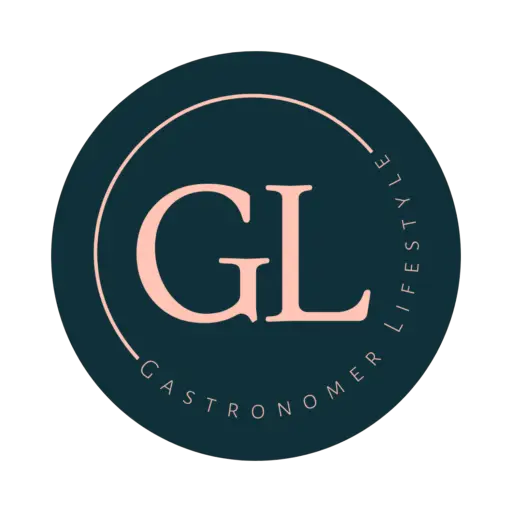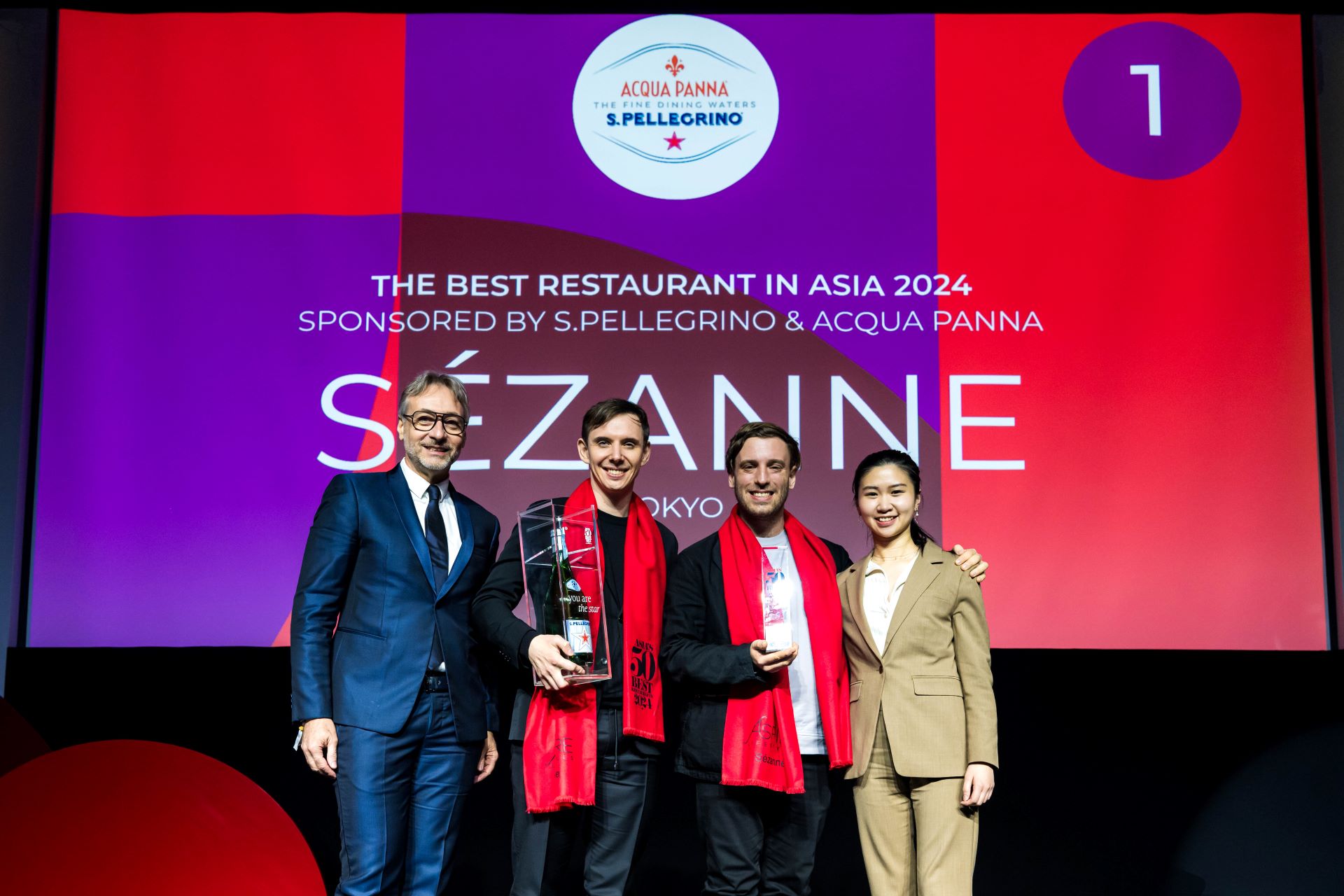

The Menu
Written by Gastronomer Lifestyle
March 3, 2023
Share this post
The first thing we tend to think of when we dine at fine dining restaurants—or any restaurant for that matter—is the menu. What considerations go into creating a menu for some of the world’s top restaurants? We talk to the head chef of IGNIV Bangkok, David Hartwig, to find out his own process as well as what he looks for in others’ menus when it’s his turn to dine.
So what is a degustation or tasting menu and why do we see it in fine dining?
I don’t remember the classic, textbook definition but, to me, it is a sequence of dishes with a certain logic of flavour, texture, colour, and look. Also, a restaurant’s tasting menu should speak to its uniqueness or character, or that of its chef.
To be honest, I think a fine dining restaurant can also be à la carte, but for me, what makes a restaurant fine dining is food that is prepared and plated in a way that not everybody can do at home. It should also be recognisable in relation to the chef or to the restaurant. That’s important.
Can you talk about the process of creating a tasting menu?
For us at IGNIV, we follow both local and international seasons, so the first thing we decide on when we create a menu are the products, the ingredients. When we have the products and know where to get them, then we think of how we are going to highlight and prepare them. For me, creativity is a process that happens through failure. By trying something and realising it doesn’t work, the creative process begins, and there is a primal instinct to find the best way of doing something. Also, I find that the time pressure that comes with creating a new menu helps me.
How do you select the number of courses and portions?
At IGNIV, we have designed the dining experience as a sharing experience, so our tasting menu is a bit different from standard tasting menus. We serve four courses, each with at least four dishes, which we place at the centre of the table at the same time so that people can share. We did this so that we don’t interrupt the guests as much while they eat and so that the focus is more on the guests having a good time with their company. Our intention is for our food to be light and comforting at the same time.
When you dine yourself, what do you look for in a tasting menu?
I always look for taste first, and then presentation. I also am wary of predictability. I think it’s very boring when you eat three dishes and you already know what the rest of the menu is going to look like. So, it should have some element of surprise, but not too much. It shouldn’t be overdone to the point that it’s not enjoyable. You shouldn’t have to be fed a story to comprehend and enjoy the taste. The taste should be able to speak for itself.
On that note, have you seen the recent film The Menu, which is basically about your profession and the topic of this interview? Thoughts?
Haha, unfortunately, I have not seen this film yet, but so many people have told me to watch it, so I will and I will let you know what I think.

Get notified about all our bite-sized food and drink content.


